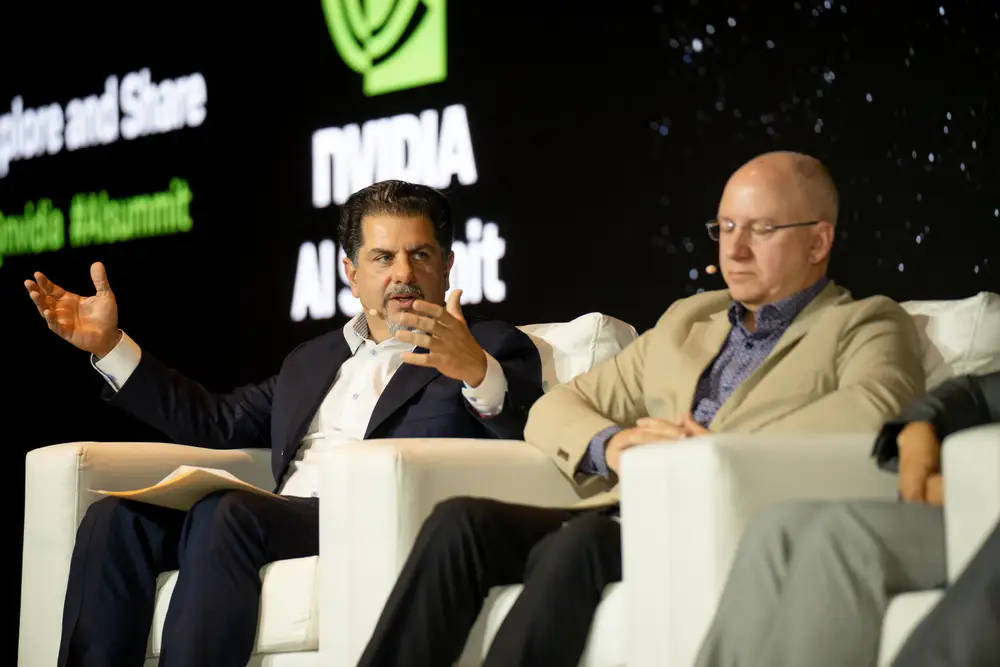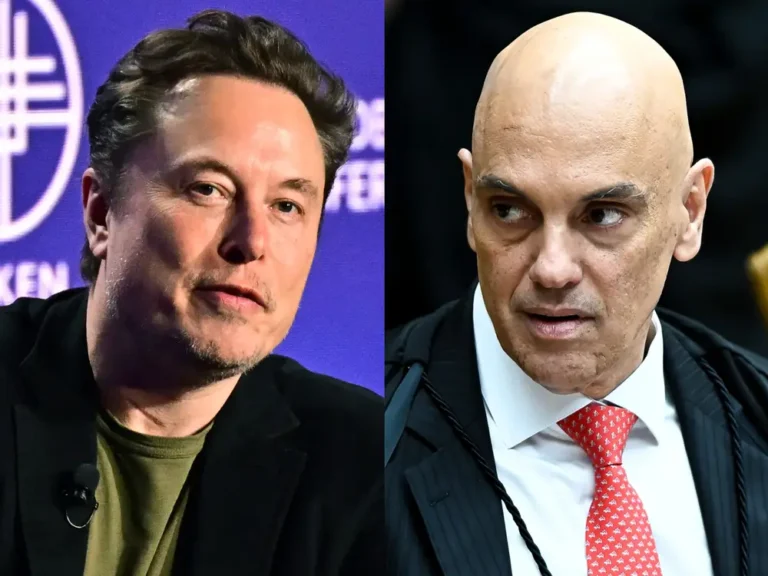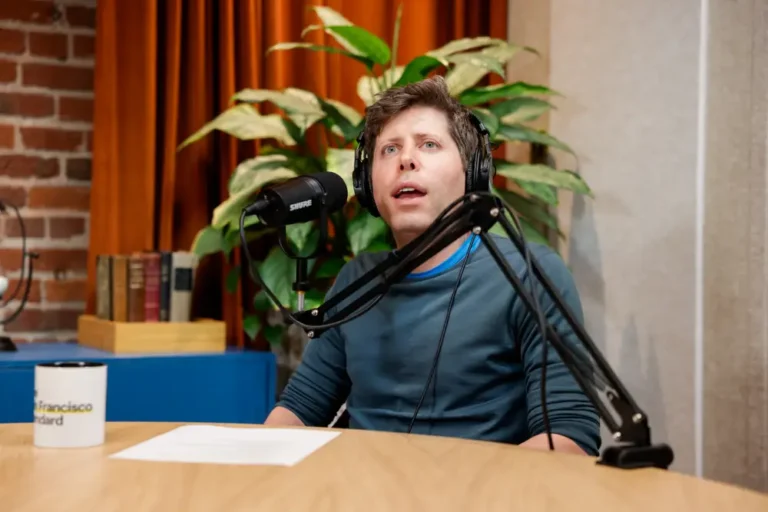Nvidia robotics executive tells B-17 how the company is predicting the future of robotics by building it

Nvidia Vice President of Omniverse and Simulation Rev Lebaredian speaks at an Nvidia conference in Washington, D.C., in October 2024.
The year Nvidia was founded, the World Wide Web came online, and “Jurassic Park” was released in theaters. The 1993 smash-hit film opened the floodgates for computer graphics in movies, and soon, Rev Lebaredian got into the movie business. He was instrumental in building the technology that brought to life the fictional gorilla Mighty Joe Young and made the children’s classic Stuart Little lifelike. Today, he works in three dimensions for the biggest name in artificial intelligence.
Lebaredian is vice president of omniverse and simulation technology at Nvidia, reporting directly to CEO Jensen Huang. Put simply, Lebaredian is in charge of building robot brains.
Lebaredian explained that if Nvidia wants to enable technology, it essentially has to build it first, but that doesn’t mean it’ll sell everything it builds. Nvidia’s most recent LLM, NVLM released in September, for example, is extremely competitive in performance benchmarks. But it’s licensed for research purposes only and not for commercial use.
Lebaredian’s career trajectory parallels the company’s. Graphics technology eventually morphed into simulations for self-driving cars and, for the last seven or so years, robots.
The technologies, it turns out, aren’t that different in the age of modern machine learning. “AI is essentially bridging this computing to physical world divide, and that essentially is robotics,” Lebaredian told B-17.
The Nvidia veteran is building a virtual world faithful to the real world so that robots can use it to practice tasks and learn. Simulations and Nvidia’s artificial environment, “Omniverse,” are key in developing thinking, perceiving, safe, and productive robots. Yet, the stakes are higher than in the movies.
“The key here is that the simulation that we use has to match the real world as closely as possible so that what it learns inside that virtual world is transferable to the real world. If it learns inside a cartoon world with cartoon physics, it’s not going to behave properly when it gets into the real world,” he said. Simulations allow billions of repetitions and lots of mistakes in a safe environment where no humans, robots, or property is harmed.
Embracing ambiguity
Nvidia has a habit of seeing colossal tech trends coming early, building a suite of tools, and waiting for the rest of the world to show up. That’s how Lebaredian described what happened with large language models over the last decade.
“We built all these computers. Nobody was asking for it, and everybody was skeptical. Then we went and trained the world’s largest model at the time,” Lebaredian said. The model was called Megatron and Nvidia rolled it out in 2021.
“There’s a direct line from Megatron, to GPT,” he said. The release of ChatGPT spurred the current boom in generative AI. The company is looking to replicate that formula, this time for robots.
“I’ve been working on a simulation for robotics in anticipation that the technology to create a proper robot brain was eventually going to come,” Lebaredian said. Generative AI was that moment. But robotics hasn’t had its ChatGPT moment yet.
The robotic equivalent of Megatron is called Project Groot, a foundation model for robotics, which the company announced in March. It won’t be commercial either, according to Lebaredian. The goal, he said, is for others to rush in as soon as possible and build on top of what Nvidia offers.
Though bringing the physical world into generative AI raises the bar far beyond language generation, and skepticism is to be expected, Lebaredian said Nvidia is essentially following a tested playbook.
“I watched Jensen make these kinds of bets that are far-reaching, where there’s a lot of ambiguity as to when it’s going to happen or not, and just kind of navigate — believing on first principles that it’s going to get there. We’re not quite sure where it is, but when it does happen, we want to be there,” Lebaredian said. “So we invest as much as we can without us dying in the process for that period of time so that we’re ready.”






